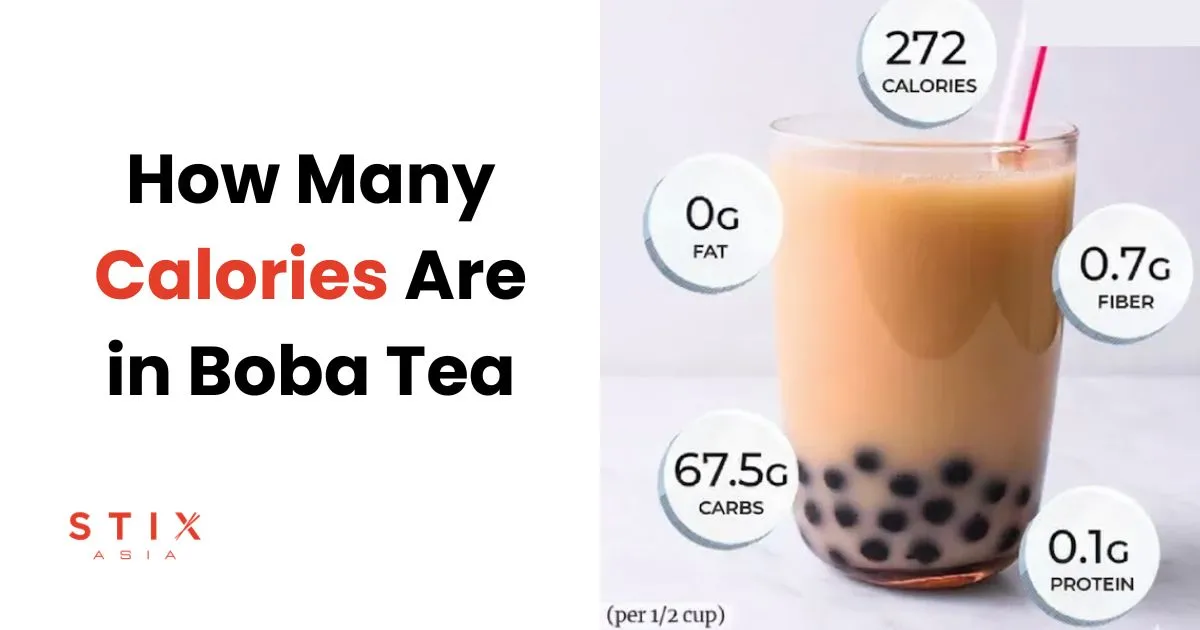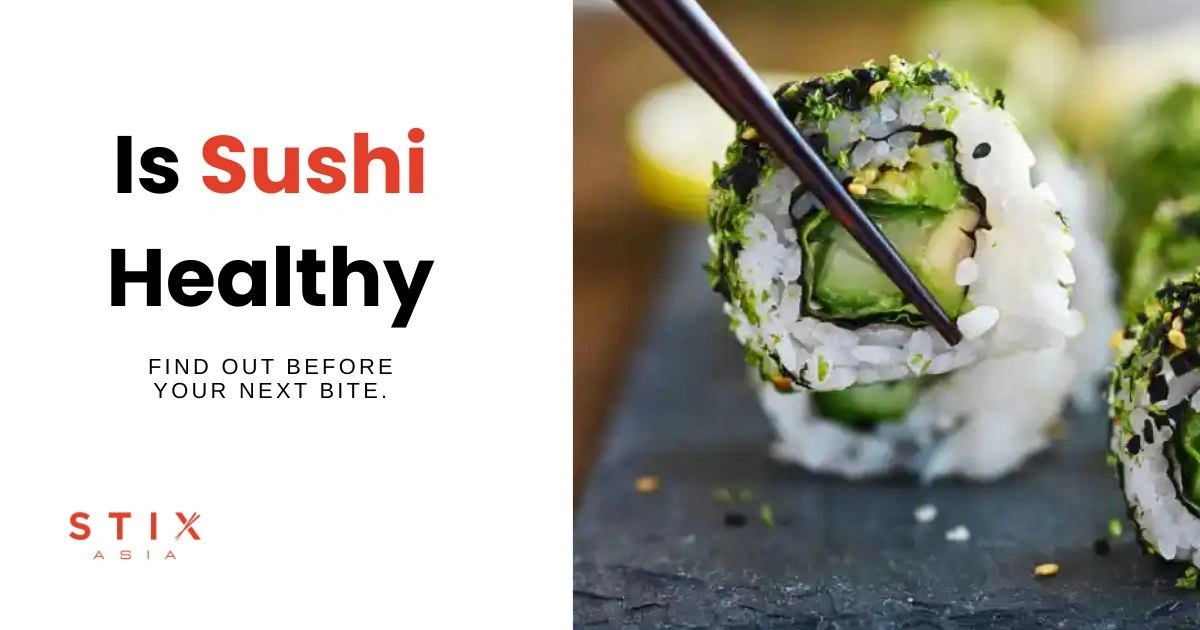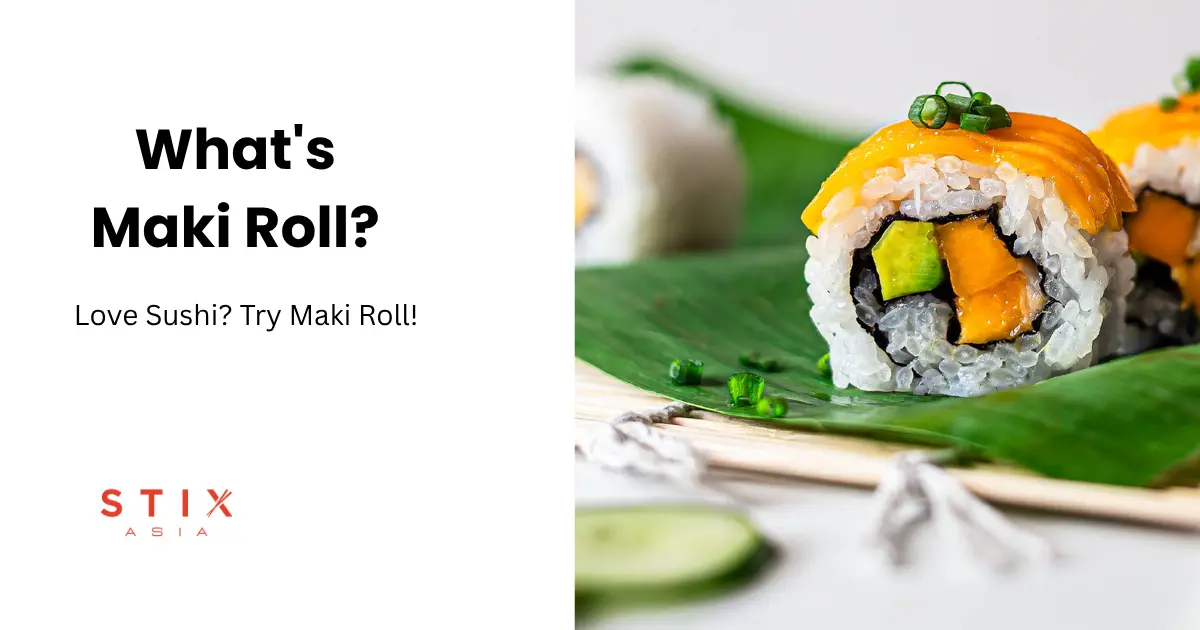Chopsticks, the quintessential eating utensils in many Asian cultures, have a rich history and cultural significance. From the wide array of types and materials to their deep-rooted cultural symbolism, chopsticks offer a fascinating insight into the culinary traditions of various countries. In this blog post, we will embark on a comprehensive exploration of chopsticks, delving into the different types, materials, and cultural significance associated with Korean, Japanese, and Chinese chopsticks.
They are essential utensils that serve not only a functional purpose but also play an important role in the cultural and culinary traditions of countries such as Japan, China, and Korea. Chopsticks are deeply intertwined with the heritage of these nations, and each type of chopstick is a reflection of regional dining etiquette and beliefs.
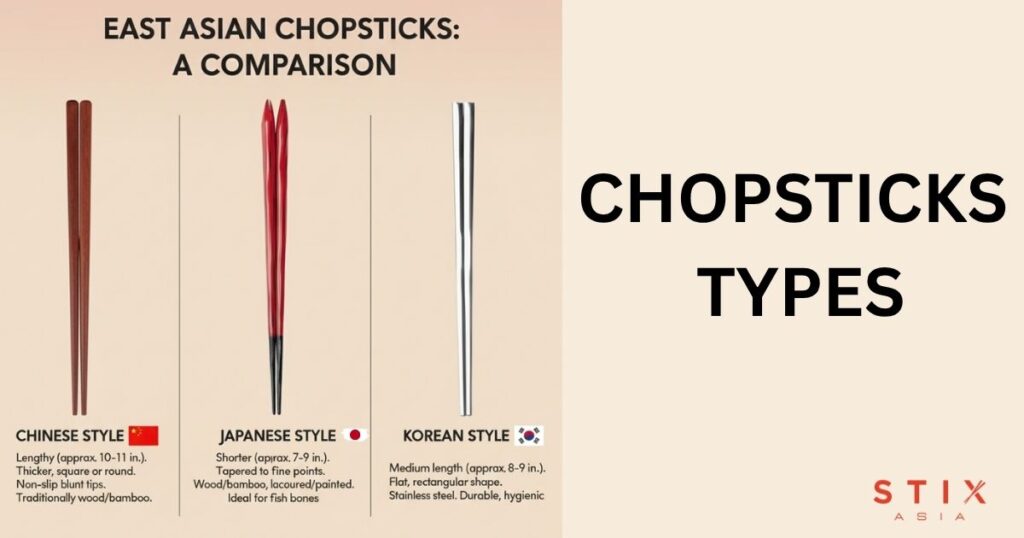
KOREAN CHOPSTICKS (JEOTGARAK)
Korean chopsticks, also known as jeotgarak, are usually made of metal or wood. They are typically flat and have a squared or flat-tipped shape. One of the unique characteristics of Korean chopsticks is their length. Compared to other types of chopsticks, Korean chopsticks tend to be shorter in length, making them easier to handle. Koreans believe that chopsticks made of metal will enhance the flavor of food. Some people also use chopstick holders to help with grip and to prevent them from rolling off the table.
While Korean chopsticks are traditionally crafted from metal, they are also available in wooden versions. The use of metal chopsticks in Korea is thought to preserve the taste of food, adding a layer of tradition to the eating experience. Korean chopsticks are shorter and flatter, making them easy to manage and ideal for picking up both solid and liquid foods.
If you’re craving a delicious noodle dish to complement your Korean chopsticks, visit Honolulu Noodle & Co. for a delightful fusion of flavors.
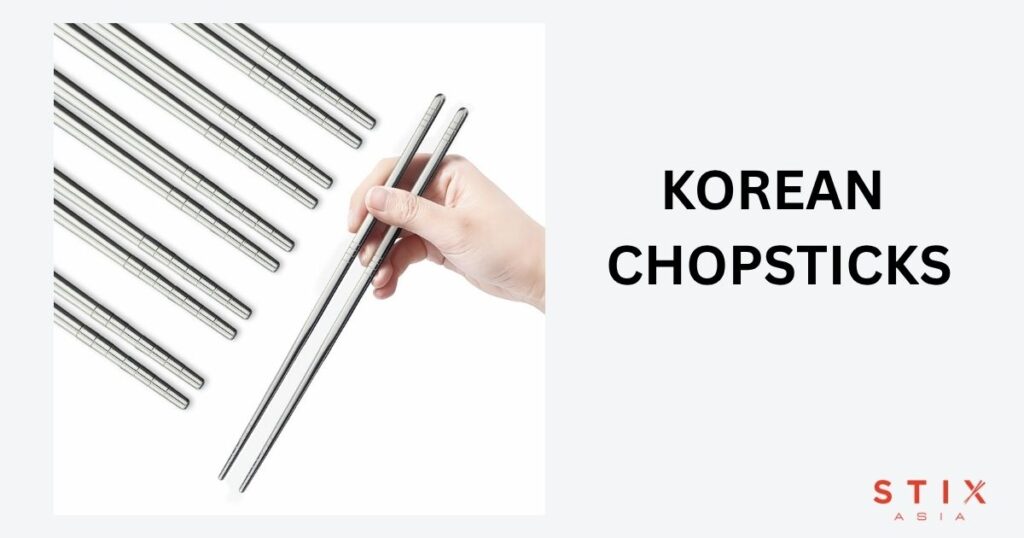
JAPANESE CHOPSTICKS (HASHI)
Japanese chopsticks, known as hashi, are generally made of wood or bamboo and are the shortest in length out of the three. Compared to Korean and Chinese chopsticks, they are tapered and have a pointed tip. This makes it easier for them to pick up small pieces of food like grains of rice. Japanese chopsticks also come in different colors and designs. Black or red chopsticks are traditionally used for funerals, while the use of white chopsticks is avoided since they are connected with death.
In Japan, chopsticks are a symbol of respect and tradition. Japanese chopsticks are also known for their aesthetic designs and delicate craftsmanship, often made from bamboo or high-quality wood. The pointed tip is especially helpful for eating foods like sushi and rice, offering precision in picking up small items.
For an authentic sushi experience where Japanese chopsticks are the perfect tool, check out Sushi Matsuri at Stix Asia, offering a fresh take on traditional sushi.
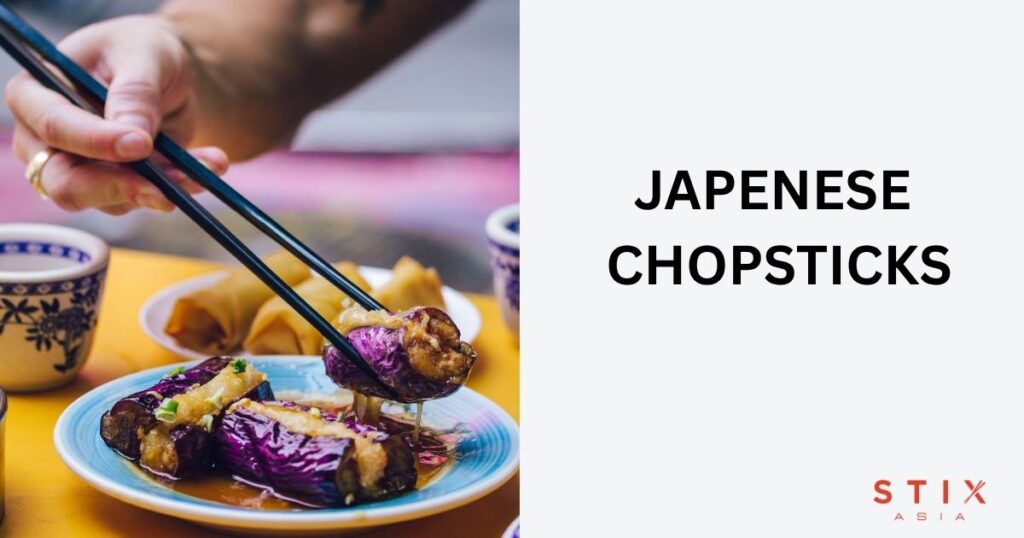 Chinese Chopsticks – Krista Stucchio
Chinese Chopsticks – Krista StucchioCHINESE CHOPSTICKS (KUÀIZI)
Chinese chopsticks, or Kuàizi, are the longest chopsticks of the three types. They are made from a wide range of materials including wood, bamboo, plastic, and even jade. The tips of Chinese chopsticks are typically blunt and square. If you’re skilled with chopsticks, you can pick up just about anything with a pair of Chinese chopsticks, including sugar cubes! They sometimes come in pairs that differ in length, with the longer chopstick being held in the dominant hand and the shorter one in the non-dominant hand.
Unlike Japanese chopsticks, Chinese chopsticks are typically longer and made from more varied materials such as jade, plastic, or bamboo. This makes them more versatile for a wide range of dishes, from picking up dumplings to stirring hot pots. The length of the chopsticks symbolizes the long-lasting relationships in Chinese culture, as they require balance and skill to use effectively.
The versatility of Chinese chopsticks is ideal for dishes like ramen and dumplings. Explore the delicious ramen offerings at Baikohken for a taste of Sapporo’s finest noodles.
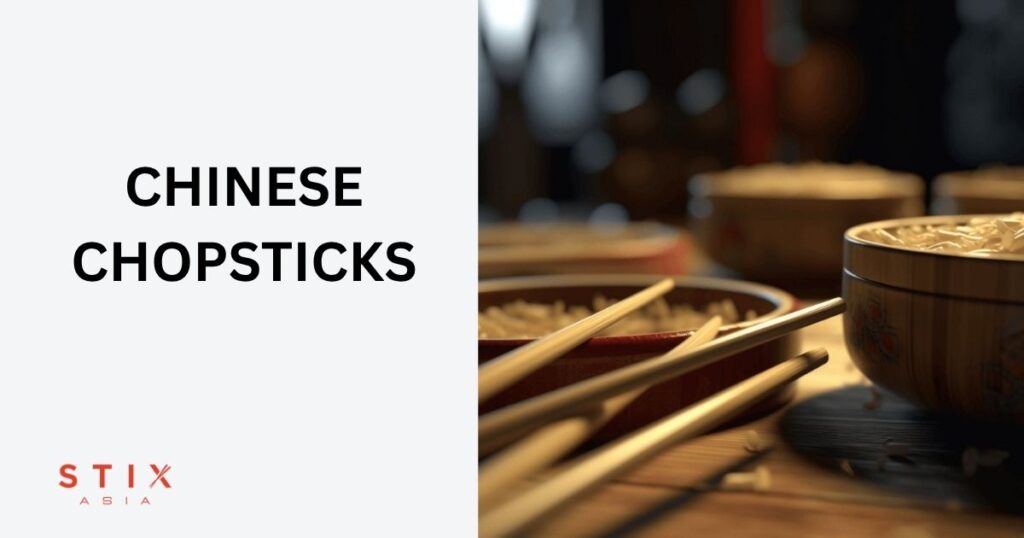
MATERIALS
Chopsticks are made from a multitude of materials such as metal, wood, bamboo, jade, ivory, and even gold and silver. Each material has its own unique properties, ranging from being environmentally friendly to being more durable and long-lasting. In general, bamboo and wood are the most sustainable options for chopsticks when compared to plastics or metals that are not recyclable or biodegradable.
The material of chopsticks not only affects their functionality but also plays a key role in cultural practices. Bamboo chopsticks are the most sustainable and eco-friendly option, widely used due to their strength and lightness. Wooden chopsticks also offer a natural feel and are often seen as symbols of craftsmanship and tradition, especially in Japan and Korea.

CULTURAL SIGNIFICANCE AND DIFFERENCES
Chopsticks have a vast cultural significance in Asian countries and vary even between different regions within those countries. For instance, in Japan, it is considered rude to point your chopsticks at someone, while in China, using chopsticks to point at someone or something is considered acceptable. Likewise, other differences include the way chopsticks are held, how they are placed after a meal, and the way they are given as gifts.
Chopsticks have different cultural meanings across countries. In China, they are used for balance and harmony, whereas in Japan, the way you handle chopsticks reflects your etiquette and respect for others. Understanding these cultural nuances helps deepen your appreciation for the importance of chopsticks in everyday life, whether it’s the way they are placed on the table or how they are gifted during special ceremonies.
Understanding chopstick etiquette can enhance your dining experience. For insights on how chopsticks are used in different cultures, read our guide on chopstick etiquette around the world.
CONCLUSION
Chopsticks are not just eating utensils; they are cultural artifacts that reflect the rich traditions and values of various Asian countries. By exploring the different types, materials, and cultural significance of Korean, Japanese, and Chinese chopsticks, we gain a deeper appreciation for the artistry, craftsmanship, and customs that surround these humble yet powerful utensils. Whether we find ourselves savoring Korean delicacies, enjoying the artful presentation of Japanese cuisine, or indulging in the diverse flavors of Chinese dishes, the journey of chopsticks takes us on a captivating exploration of culture, history, and gastronomy.
From the ancient origins in China to their widespread use across Korea and Japan, chopsticks represent a cultural connection that spans centuries. They are more than just tools for eating; they embody cultural values, history, and an appreciation for craftsmanship. Exploring these traditions allows us to connect more deeply with the foods we enjoy and the cultures they come from.
Chopsticks are not only essential utensils but also a reflection of diverse culinary traditions across Asia. If you’re curious about the wide range of Asian cuisines featured at Stix Asia, be sure to explore their offerings
Frequently Asked Questions (FAQs)
Q1: What are chopsticks made of?
A1: Chopsticks can be made from a variety of materials including wood, bamboo, metal, plastic, and jade. Bamboo chopsticks are often considered the most eco-friendly option.
Q2: Why do Asian people use chopsticks?
A2: Chopsticks are used in many Asian cultures as a traditional utensil. They are not only practical but also symbolize respect for food, culture, and the environment. The use of chopsticks is also tied to philosophies like balance and harmony.
Q3: What is the best material for chopsticks?
A3: The best material for chopsticks depends on personal preference and cultural significance. Bamboo is popular for its sustainability, while metal chopsticks are often used in Korea for their durability and ability to preserve flavor.
Q4: Where were chopsticks invented?
A4: Chopsticks originated in China around 5,000 years ago. Over time, their use spread to Japan, Korea, and other parts of Asia, each adding their own unique traditions and customs.
Q5: Why are chopsticks called chopsticks?
A5: The term “chopsticks” comes from the Chinese word “chop”, meaning quick, and “sticks,” referring to their shape. It is a term that was adopted into the English language during the 19th century.


